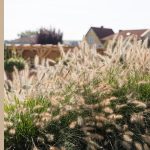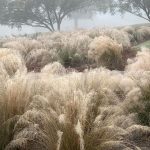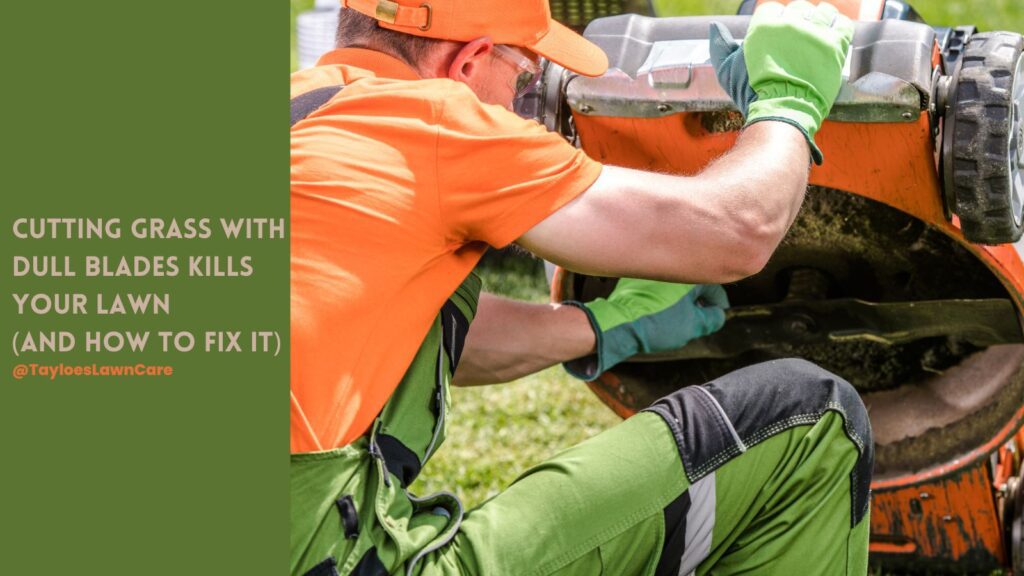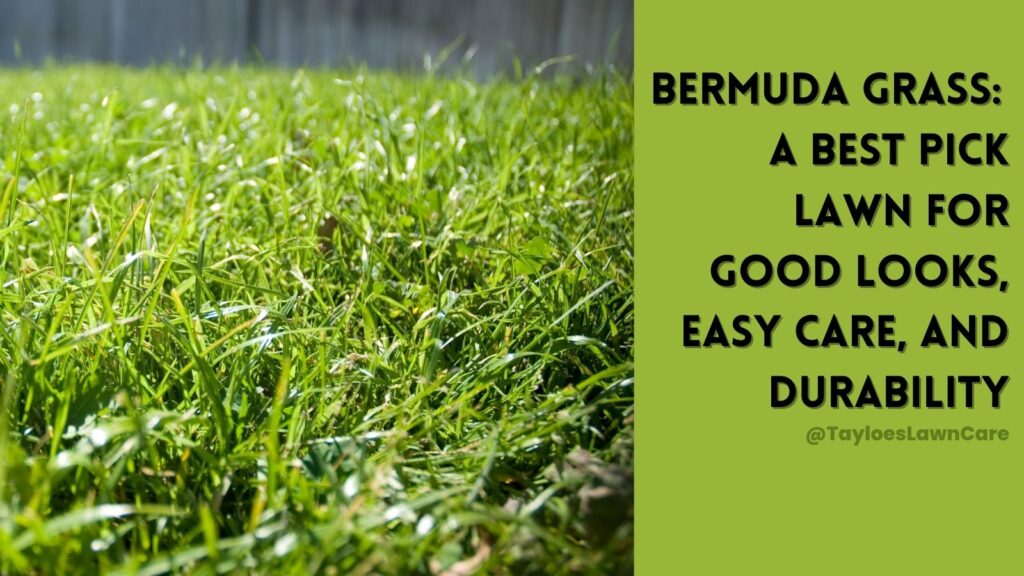Last Updated on: 7th August 2024, 07:39 am
Know the difference between shrubs and hedges to get the best landscape results.
The entire team at Tayloe’s Lawn Care Services in Aulander understands the importance of making informed decisions in landscaping. One of the more nuanced topics in our field is the distinction between hedges vs shrubs. This article will examine these two vital landscaping elements’ characteristics, uses, and maintenance. We will outline the similarities and differences to give you a better understanding of the terminology.
We’ll also look at some popular evergreen shrubs and deciduous shrubs and bushes to help you decide which are the best plants for your landscape plan.
In-Depth Look at Shrubs
Shrubs are more than just small, woody plants; they are the backbone of many garden designs. Their multi-stemmed nature allows them to fill spaces beautifully, creating texture and depth in a landscape.
Characteristics of Shrubs:
Growth Pattern: Unlike trees, shrubs typically have multiple stems that grow from the base, giving them a fuller appearance.
Size Variability: While most shrubs are under 10 feet tall, some can grow larger, depending on the species.
Foliage and Flowering: Shrubs can be evergreen, providing year-round greenery, or deciduous, offering seasonal color changes. Many shrubs also bloom, adding a splash of color.
Maintenance and Care When Growing Shrubs:
Regular pruning is essential for maintaining shape and promoting healthy growth.
Watering and Feeding: Shrubs require consistent watering, especially during dry periods, and benefit from periodic fertilization.
Examples and Uses of Landscaping Shrubs
Here are some very popular deciduous and evergreen shrubs that many NC gardeners enjoy:
Azaleas for Showy Flowers in Early Spring
Azaleas are known for their vibrant early spring flowers and are often used as garden focal points. This woody plant is prized for its large, colorful blooms ranging from deep reds and pinks to purples, whites, and even yellows.
Azaleas typically bloom in spring, creating a spectacular display that can transform any garden into a vibrant, colorful paradise. Their ability to thrive in partially shaded areas makes them versatile additions to various garden designs.
To maximize their impact, plant azaleas in groups or use them as accents in garden beds, where their brilliant flowers can serve as eye-catching focal points. Regular pruning and proper soil preparation, rich in organic matter and slightly acidic, will help keep your azaleas healthy and flourishing.
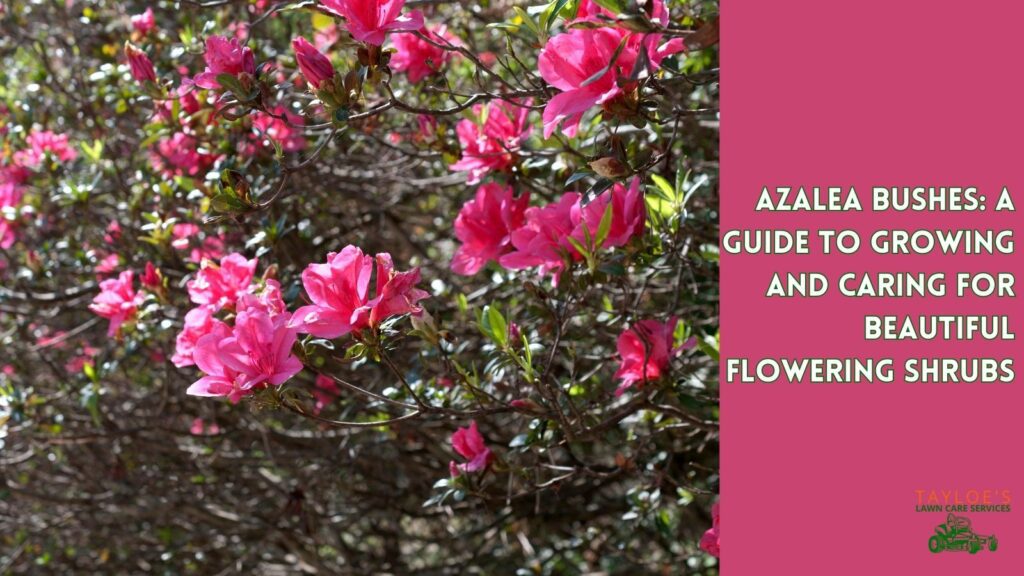
Boxwood Shrubs and Bushes
Boxwood, with its dense foliage, is excellent for creating structured designs. This evergreen shrub is a staple in formal gardens, known for its small, glossy leaves and its ability to be easily shaped and maintained. Because they take a bit longer to grow, boxwoods are perfect for creating hedges, topiaries, and defined borders. They have a more compact growth habit and tolerance of frequent pruning.
Their evergreen nature ensures they provide structure and greenery to your garden year-round. When planting boxwoods, consider their placement carefully, as they prefer well-drained soil and partial to full sunlight.
Regular trimming will help maintain their shape and encourage dense growth, making them ideal for gardeners looking to create formal, manicured landscaping designs.
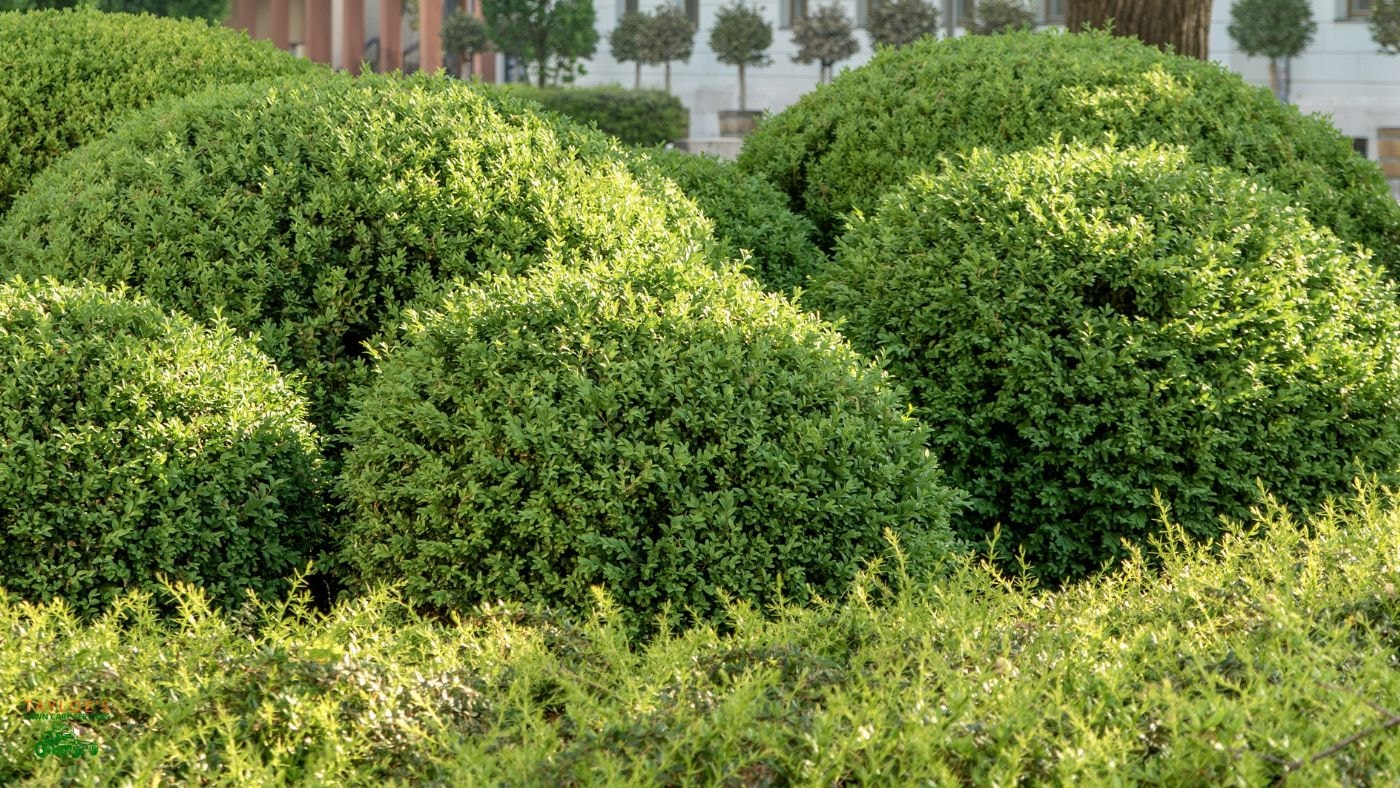
Gardenias Have Showy White Blooms
Gardenias are famous for their intoxicating fragrance and creamy white blooms. These beloved woody plants are a popular choice for adding scent and beauty to gardens in zones 7 and 8. The lush, glossy green leaves of gardenias provide an attractive backdrop to their exquisite flowers, which typically bloom in late spring to early summer.
Their strong, sweet fragrance can fill a garden with a delightful aroma, making them ideal for planting near patios, walkways, or entryways where their scent can be fully appreciated. Gardenias require well-drained, acidic soil and benefit from regular feeding and watering to keep them healthy and blooming profusely.
Protecting them from harsh afternoon sun and providing a sheltered location can also help maintain their lush appearance and fragrant blooms.
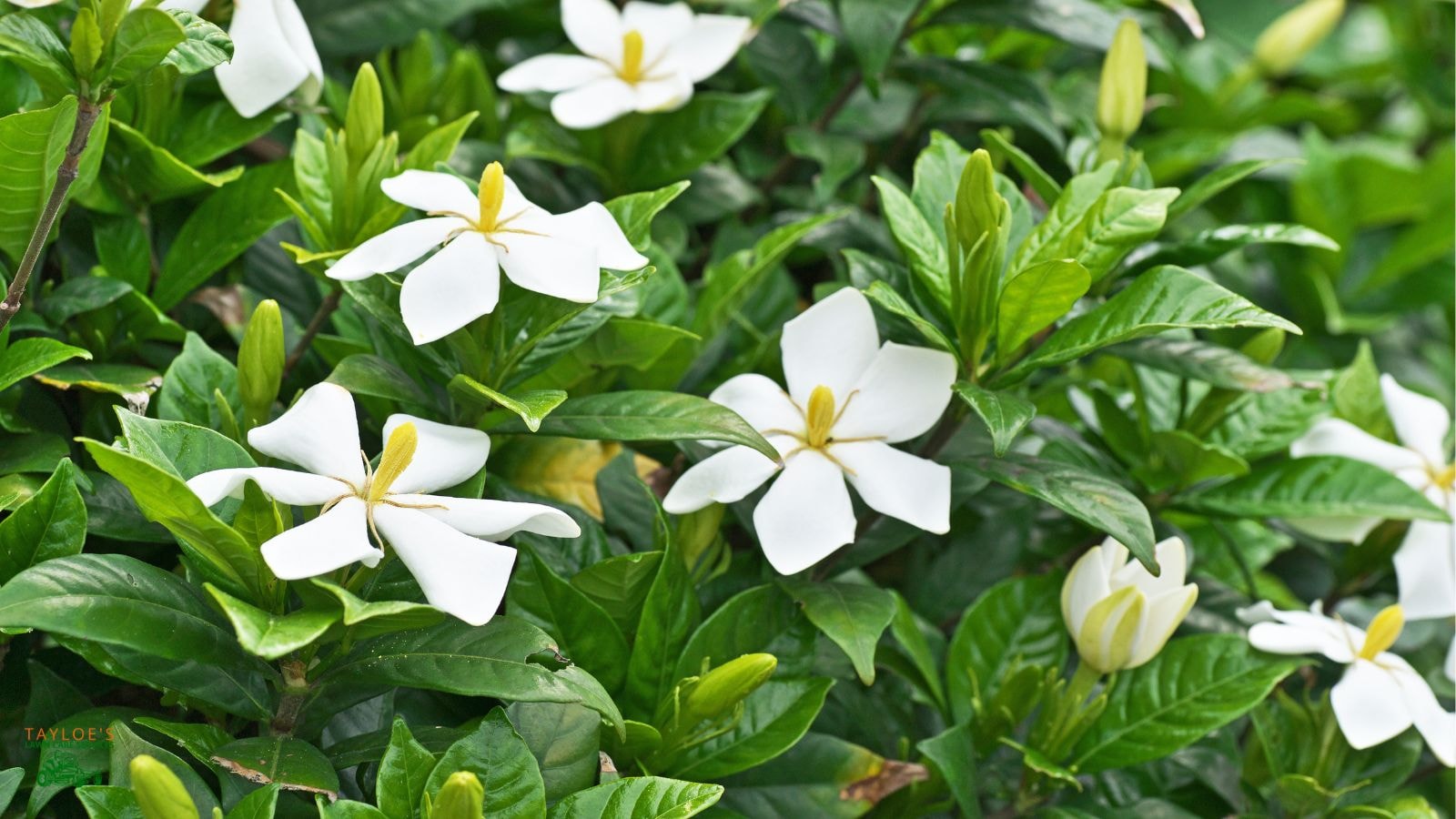
Japanese Andromeda: Evergreen Shrubs With Spring Flowers
Pieris Japonica, or Japanese Andromeda, is admired for its cascading clusters of bell-shaped flowers in early spring and its glossy, evergreen leaves that add year-round interest. This ornamental shrub offers multi-seasonal appeal, with its striking white or pink flower clusters appearing in early spring, followed by new red or bronze foliage that gradually matures to green. The evergreen leaves provide a lush backdrop throughout the year, making Pieris Japonica a versatile and attractive addition to any garden. It thrives in acidic, well-drained soil and prefers partial shade, making it suitable for woodland gardens or shaded borders. Regular watering and mulching can help maintain soil moisture and support the plant’s health and growth. With its elegant flowers and enduring foliage, Pieris Japonica adds both beauty and structure to garden landscapes.
Learning More About Hedges
Hedges are not just rows of plants but living structures that can define and enhance the landscape. Depending on the desired appearance and function, hedges can be created from various shrub species.
Characteristics of Hedges:
Formation: Hedges are formed by planting shrubs in a line, close enough so that they grow together and form a barrier.
Functionality: They can serve multiple purposes, from providing privacy and reducing noise to acting as windbreaks or living fences.
Design Flexibility: Some want a formal hedge, with precise geometric shapes. Other gardeners what a fast-growing hedge plant with a more natural look. You can find hedge plants in many sizes and shapes.
Maintenance and Care When Growing a Hedge:
Trimming: Regular trimming is crucial for maintaining the desired shape and health of the hedge. Ask what the mature size of the plant will be and opt for a lower grower if you want low maintenance trees, shrubs, or bushes to form your hedge.
Plant Health: Monitoring for pests and diseases is vital, as these can quickly spread in a hedge’s dense environment.
Popular Hedge Plants:
Here are some popular hedge plants around North Carolina:
Privet for an Informal or Formal Hedge
Privet is widely used for its fast growth and dense foliage. This makes it an excellent choice for creating quick privacy screens or windbreaks in your garden.
Privet hedges are easy to shape and maintain, offering a versatile option for formal and informal garden styles. The thicker foliage also provides a great habitat for birds and other small wildlife. it’s stems and branches make great, cooling shade for birds and squirrels in the summertime.
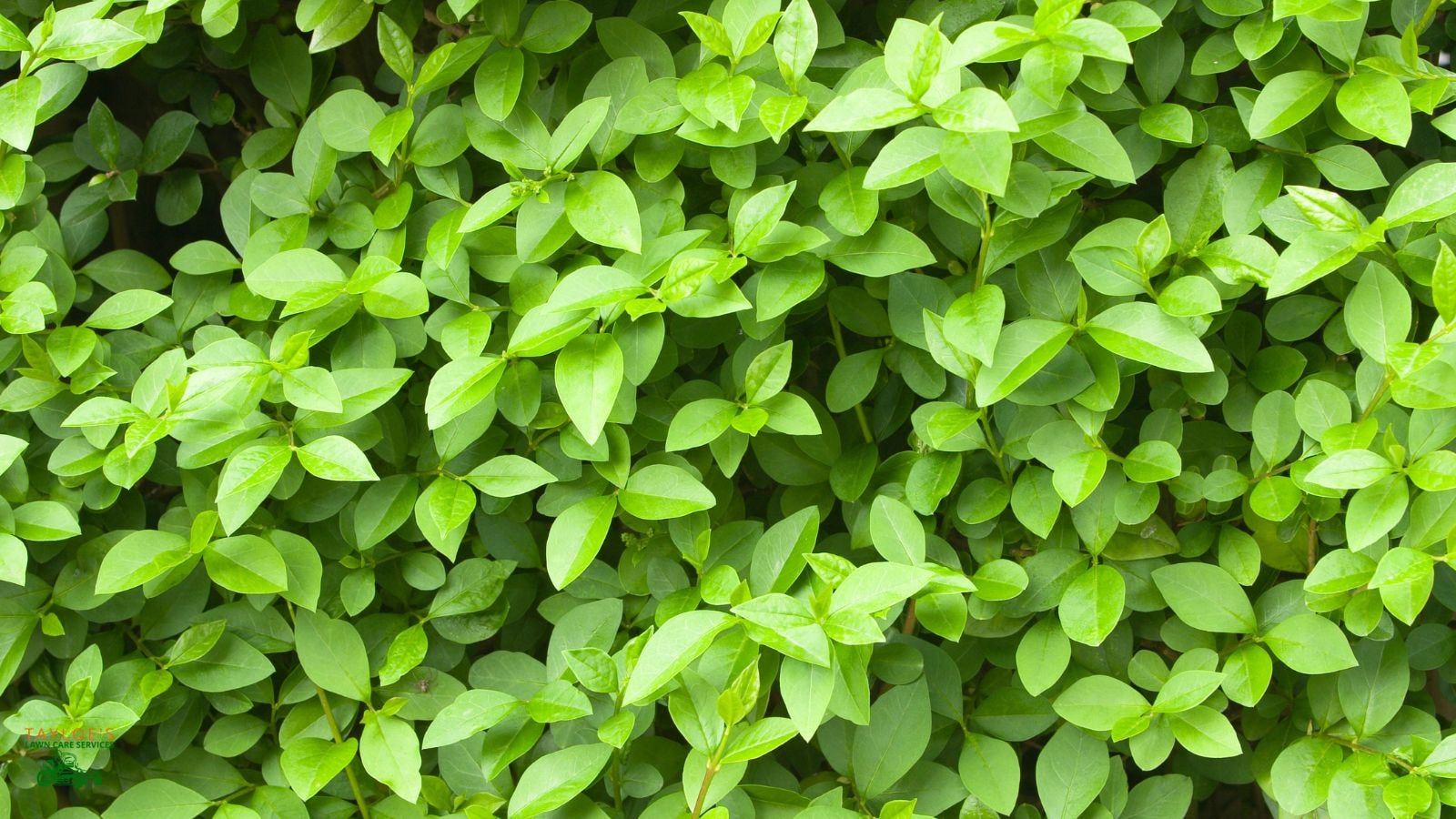
Laurel When You Want Thicker Growth
Laurel offers large, glossy leaves, ideal for a more substantial visual barrier. This evergreen shrub provides year-round privacy and adds a lush, vibrant look to any garden. Laurels are particularly hardy and can thrive in a variety of soil conditions, making them a reliable choice for many gardeners. Their dense growth and broad leaves also effectively reduce noise pollution and block unwanted views. They require less maintenance than some other options out there.
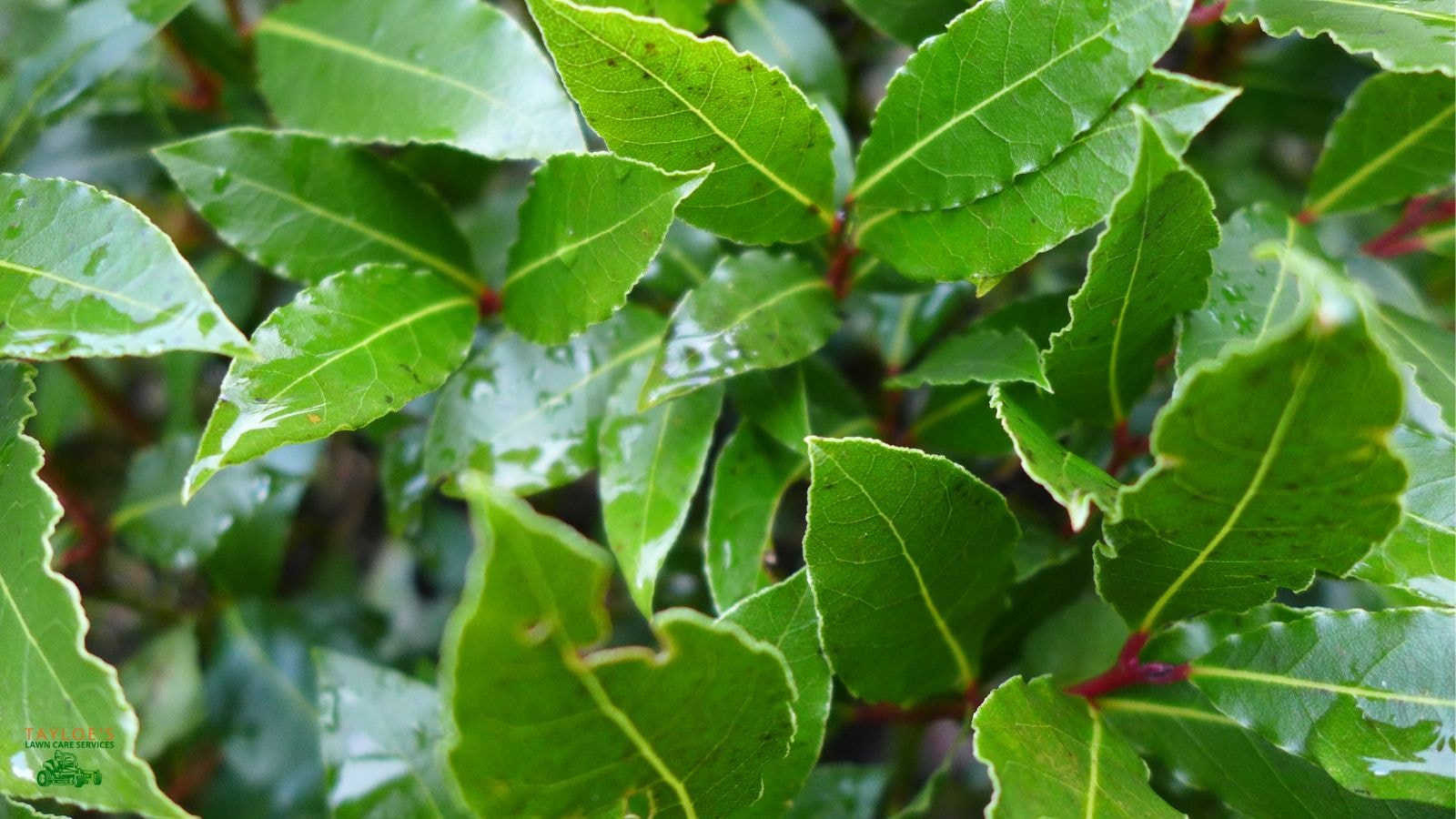
Yew: Evergreen Shrubs for Year-long Color
Due to its dense, dark green foliage, yew is a classic choice for hedges. It can be trimmed into formal shapes and will tolerate heavy pruning, making it ideal for low hedge plants. Yews are known for their longevity and can create a timeless, elegant look in your garden.
Additionally, their evergreen nature ensures that your hedge will remain attractive and functional throughout the year, providing a constant green backdrop for other bushes and flowers.
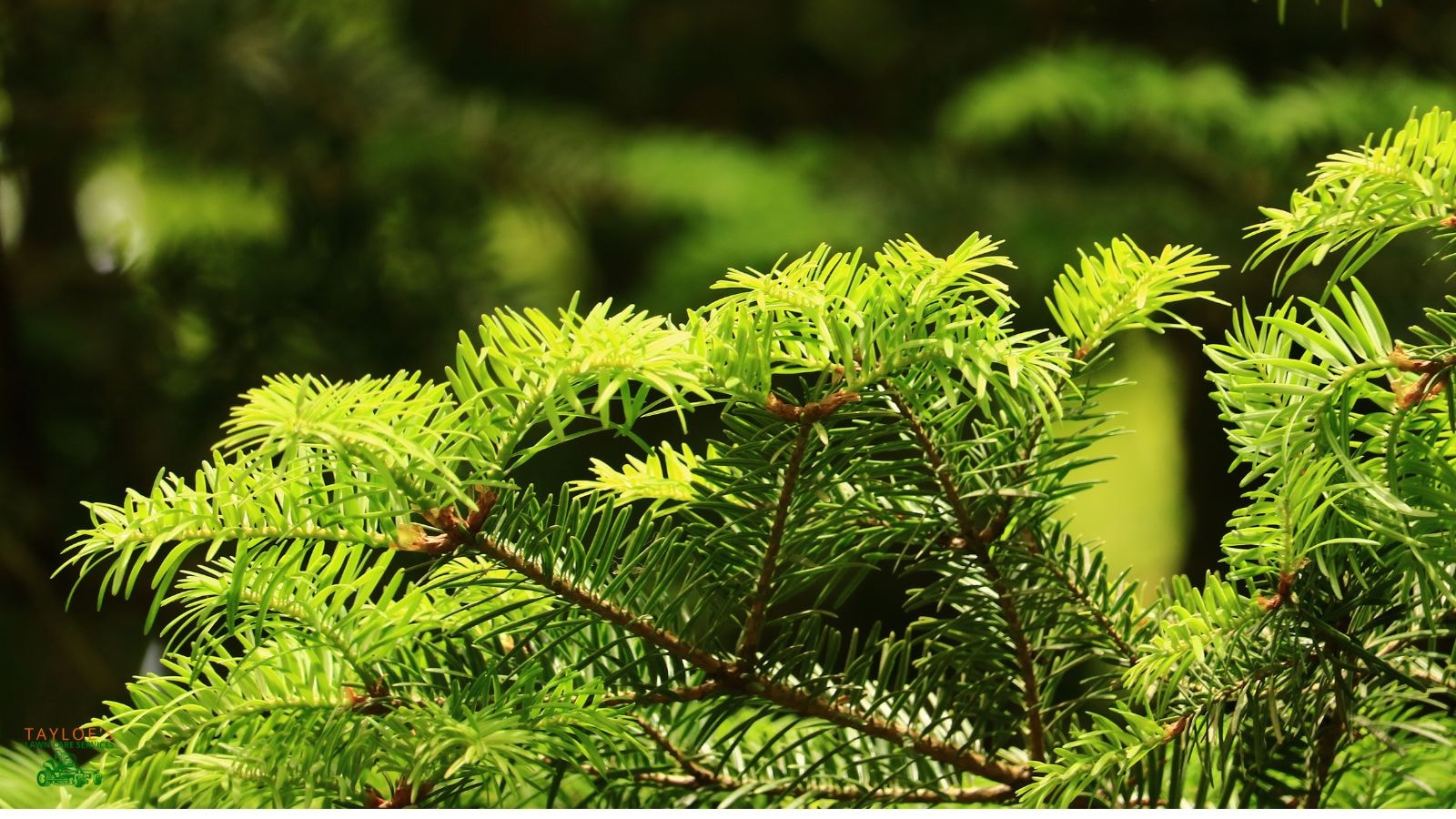
Arborvitae Is Easily Shaped and Maintained
Arborvitae is perfect for privacy screens. Its naturally conical shape and dense evergreen foliage make it a favorite for creating tall, elegant hedges that require minimal shaping.
These plants are particularly suited for creating high barriers when planted near a property line. Consider them a living fence. They provide excellent privacy and wind protection. Their resilience and low maintenance needs make them popular for residential and commercial landscapes.
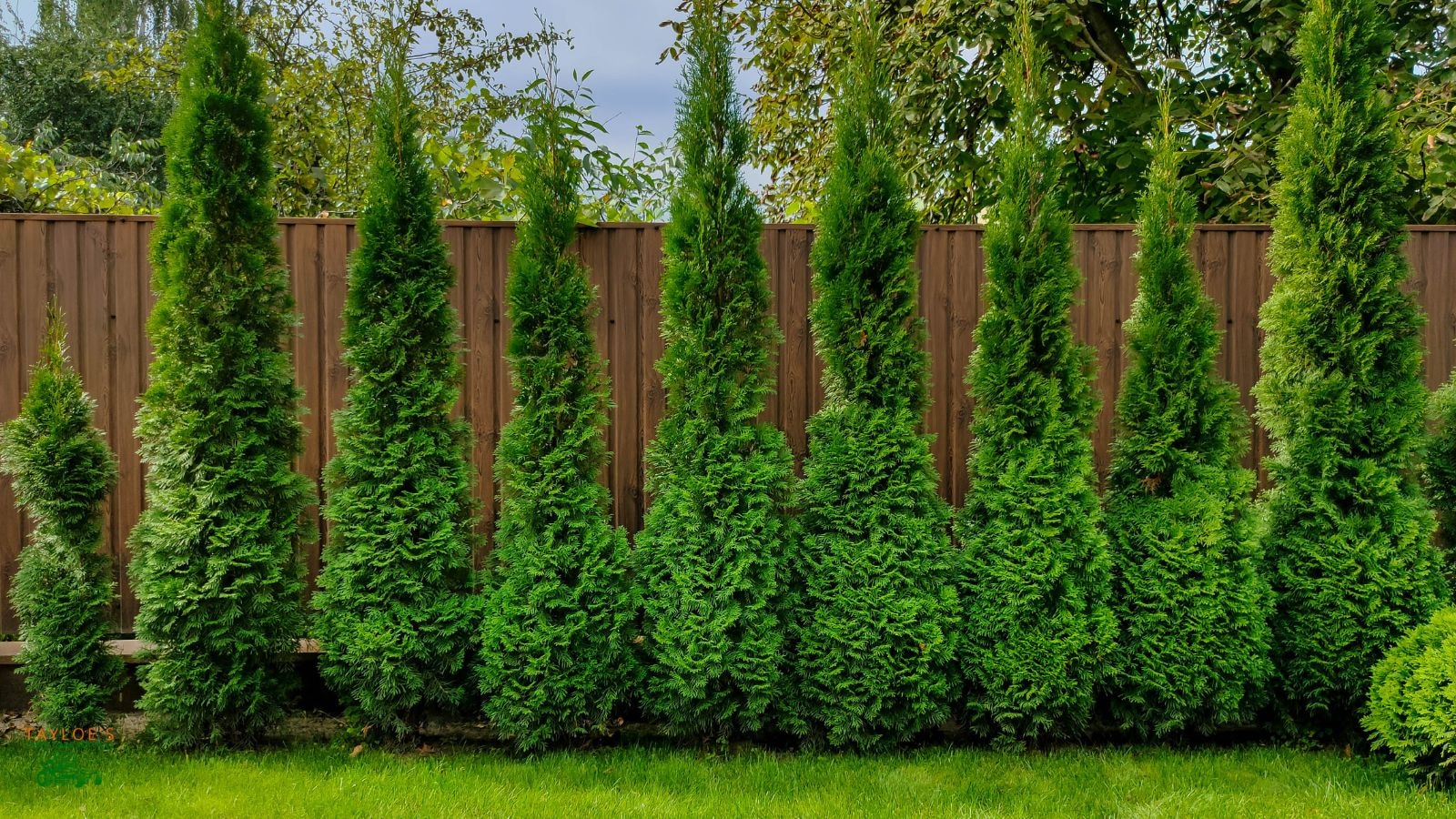
Choosing Between Shrubs or Hedges
The decision to plant shrubs or create a hedge depends on several factors:
Landscape Goals: Determine if you need a standalone feature (shrub) or a continuous element (hedge).
Maintenance Commitment: Hedges generally require more frequent care.
Space and Scale: Consider the available space and the scale of your landscape.
Design Style: Your aesthetic preference will guide your choice between shrubs’ natural diversity and hedges’ uniformity.
Understanding the difference between a shrub or a hedge will guide you as you work to exceed your landscaping goals.
What’s the Right Type of Hedges Vs Shrubs for Your Landscape?
Consider the Visual Impact: Deciduous shrubs offer seasonal interest but can leave areas looking bare in winter. Evergreens provide a constant visual barrier and structure.
Maintenance Needs: Deciduous shrubs often require more cleanup during leaf-shedding seasons, while evergreens need regular pruning to maintain shape. Pruning shrubs and hedges can be a serious commitment, especially if your goal is growing formal hedge plants.
Purpose in the Landscape: Consider the role of the perfect shrub in your garden and choose shrubs that meet your needs. Evergreens are preferable for privacy or year-round greenery, while deciduous shrubs or hedges are ideal for seasonal color and variety.
Landscape Goals: Determine if you need a standalone feature (shrub) or a continuous element (hedge).
Space and Scale: Consider the available space and the scale of your landscape.
Design Style: Your aesthetic preference will guide your choice between shrubs’ natural diversity and hedges’ uniformity.
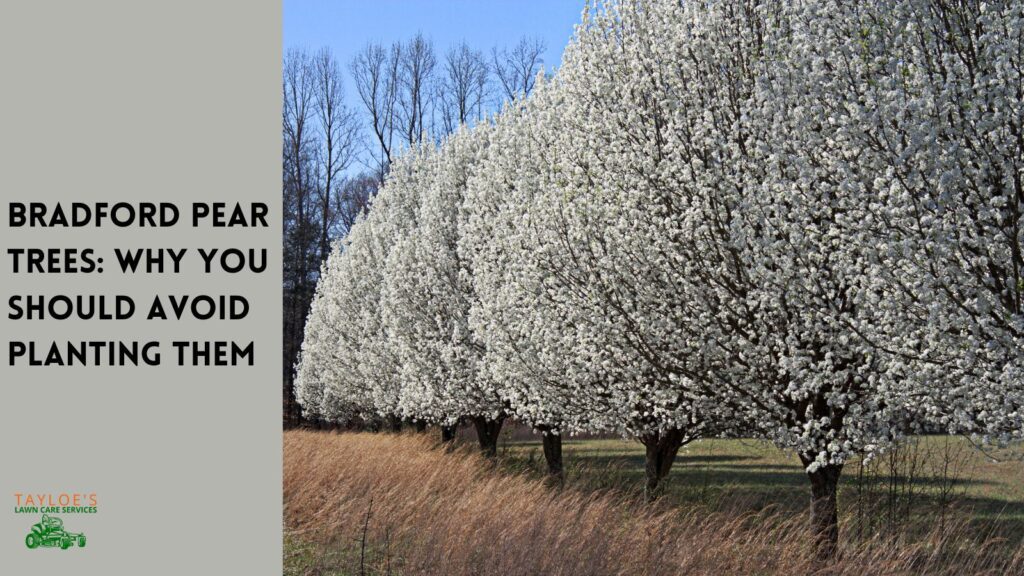
What About Roses as Hedge Plants or Shrubs?
Many gardeners love rose bushes. Most love shrub roses for their stunning blooms, fragrant aroma, and wide variety of colors and forms. When grown as individual plants or in small groups, a ruse bush can serve as a focal point in a garden, adding splashes of vibrant color and elegance.
Rose shrubs require regular care. You’ll need to keep up with pruning, fertilizing, and pest management to maintain their health and maximize their blooming potential. They are prone to attracting Japanese Beetles and aphids. They can also have fungal disease problems and require a watchful eye.
Despite the care needed, many gardeners find the beauty and fragrance of rose bushes well worth the effort. Their color and aroma make them a timeless addition to any landscape.
On the other hand, growing shrub roses as hedge plants offer a unique approach to incorporating these beautiful flowers into your garden design. Rose hedges can provide privacy, define boundaries, and create a living wall of color and fragrance. When used as hedges, roses still require regular maintenance but can be pruned to promote dense growth and continuous flowering.
Certain roses (think Knock Out roses) are particularly well-suited for hedging due to their hardiness, disease resistance, and prolific blooming. A rose hedge can transform a garden space, offering visual interest and functional benefits, such as a natural barrier and pollinator habitat.
Pruning Shrubs or Hedges (Expert Pruning Tips)
Pruning at the right time is crucial for the health and appearance of your shrubs and hedges. Generally, before new growth begins, late winter or early spring is the best time for heavy pruning most plants.
There’s one notable exception…
For flowering shrubs like azaleas or camellias, it’s important to prune right after they bloom to avoid cutting off next year’s flower buds.
However, evergreen hedges can be pruned in late spring or early summer to maintain shape. Avoid mid-summer shaping when possible.
Gather the Right Tools for Shrub or Hedge Pruning
Having the correct tools can make pruning more efficient and effective. Essential pruning tools include:
Hand pruners for small branches and twigs.
Loppers for thicker branches.
Hedge shears for shaping hedges.
Pruning saw for large branches. To ensure clean cuts and prevent the spread of disease, ensure your tools are sharp and clean. Sanitize them with hydrogen peroxide before you begin.
Remove Dead or Damaged Branches
Start by removing any dead, damaged, or diseased wood. This helps prevent the spread of disease and promotes healthy growth. Cut back to healthy wood, making clean cuts just above a bud or branch junction. Removing these parts first lets you see the plant’s overall structure more clearly.
Thin Out Overgrown Areas
Thinning helps improve air circulation and light penetration, promoting healthier growth. Focus on removing older, thicker branches that crowd the main trunk. Cut several perennial stems back to the base of the plant or to a lateral branch. This step helps rejuvenate the shrub and encourages new growth from the base.
Shape the Entire Plant
Shaping your shrubs or hedges is both an art and a science. Use hedge shears to create clean lines and even surfaces for formal hedges. Follow the plant’s natural growth pattern and make selective cuts to enhance its shape for a natural look. Always make cuts just above a bud facing the direction you want the new growth to go.
Maintain a Balanced Structure While Shaping Branches and Stems
Ensure that the base of your shrubs or hedges is wider than the top. This allows sunlight to reach all parts of the plant, preventing the lower branches from becoming shaded and sparse. When pruning, step back frequently to check your work and maintain a balanced, even shape.
Clean Up and Mulch the Bush or Shrub
After pruning, collect all the cut branches and leaves to keep the area tidy and prevent disease spread. Consider applying a layer of mulch around the base of the plants to help retain moisture and suppress weeds. Mulching also provides a neat, finished look to your garden beds.
By following these pruning tips, you can keep your shrubs and hedges healthy, attractive, and well-maintained, enhancing your garden’s overall beauty and structure. These tips also apply to an ornamental or small tree.

The Takeaway: Knowing the Difference Between a Shrub or Hedges Can Help You Pick the Right Thing
Understanding the differences between shrubs and hedges is key to effective landscape planning. At Tayloe’s Lawn Care Services, we are dedicated to providing expert guidance and care for your landscaping projects. Whether you choose the singular beauty of a shrub or a hedge’s innate beauty and charm, each has a unique role in enhancing your outdoor space.
If you need help planting shrubs or hedges or with your next project, call or text us at 252.287.3376. We’re here to assist you – we especially love helping with hedge and shrub shaping during the late winter months..
Author Profile

- Randy Tayloe is the COO of Tayloe's Lawn Care Service, LLC. He is a certified custom applicator, recognized by the North Carolina Department of Agriculture Pesticide Division. A native of Bertie County, NC, and graduate of Bertie High School, he wants to beautify his home county - one yard at a time.
Latest entries
 FaunaOctober 3, 2025Fall decorations that endanger wildlife (and how to avoid the risks)
FaunaOctober 3, 2025Fall decorations that endanger wildlife (and how to avoid the risks) GardeningApril 1, 2025Fountain grasses add colorful foliage and movement
GardeningApril 1, 2025Fountain grasses add colorful foliage and movement GardeningMarch 21, 2025White cloud muhly grass growing guide
GardeningMarch 21, 2025White cloud muhly grass growing guide Lawn CareFebruary 25, 2025Should I mow every week?
Lawn CareFebruary 25, 2025Should I mow every week?



